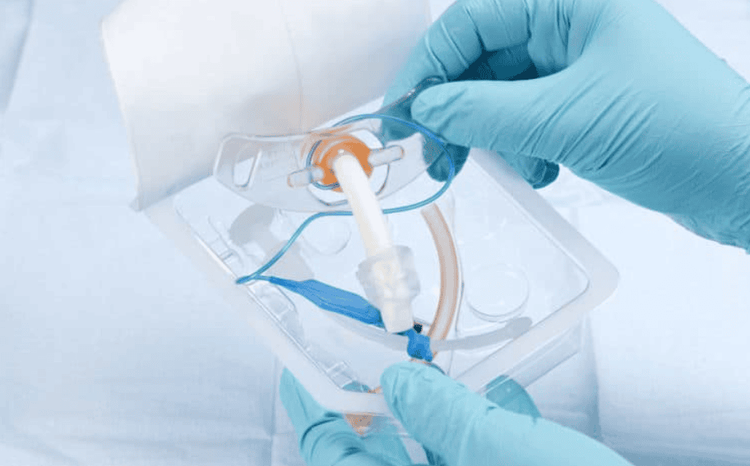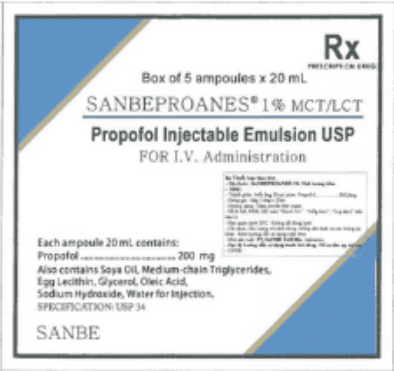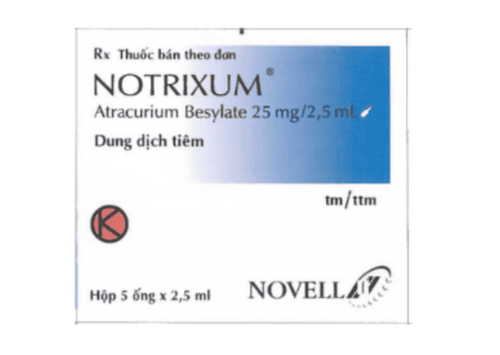This is an automatically translated article.
Endotracheal intubation is a technique that allows secure and safe airway control. So what is difficult intubation? What should be noted in this technique?1. Definition of difficult intubation
Intubation is difficult if more than 2 times a laryngoscope is used or an alternative technique is used after optimal head position for the patient, with or without external compression of the larynx. This technique requires being performed by a trained healthcare professional who has done it many times.2. Expected difficult endotracheal intubation
First, it is necessary to perform an examination of the head, face, neck, teeth, and mouth, this is an important step to help the emergency doctor predict whether intubation is difficult or easy.2.1 Mallampati Rating Scale Assess the patient in sitting positions, mouth open, neck supine, tongue protruding, and pronouncing the letter “A”. The four specific levels are as follows:
Level I: Visible hard palate, soft palate, uvula, posterior wall of pharynx, anterior and posterior pillars of tonsils. Level II: Hard palate, soft palate, part of uvula, posterior wall of pharynx can be seen. Level III: Hard palate, soft palate, and base of the uvula can be seen. Grade IV: At this level only the hard palate can be seen. After examination, if in cases III and IV, endotracheal intubation is difficult.
2.2 Cormack and Lehane grading for laryngoscopy Level 1: The entire median space between the two vocal cords is visible. Grade 2: Only the posterior portion of the vocal cords is visible. Grade 3: Only epiglottis cartilage is visible. Grade 4: Only the soft palate is visible. In grades 3 and 4, intubation is difficult.
2.3 Chin and thyroid distance Chin and thyroid distance is the length from the upper edge of the cartilage to the midsection of the chin, measured when the patient is in a seated, neck straight, inspiratory position. If this distance is less than 6cm, intubation is difficult (approximately 3 knuckles).
2.4 Distance of 2 dental arches Measure the distance between two dental arches when the patient's mouth is maximally open, if this distance is less than 3cm, intubation is difficult.
2.5 Other signs Short neck, small lower jaw, tapered back. The palate is high, the upper teeth protrude forward (in the case of protruding teeth). Narrow oral cavity, large tongue in children. Breasts, breasts are too big, fat Limit movement in the temporomandibular joints, cervical spine. Tumors on the palate, larynx, pharynx.

Béo phì là một trong những trường hợp nguy cơ đặt ống nội khí quản khó
3. Attitude to handle when facing difficult intubation
The patient will not die from difficult intubation, but will die from its complications such as regurgitation, hypoxia. Therefore, in the face of difficult situations requiring intubation, the following factors should be considered:Whether the patient can be ventilated with a mask or not. The equipment available at the hospital can make intubation difficult. Experience of the person performing intubation. Cause of difficult intubation. The patient's condition, the diseases that the patient is suffering from. Absolutely strictly respect the following principles: Do not perform the technique alone, must have more people to support. Have all necessary equipment readily available to use for difficult intubation techniques. System preparation includes: continuous monitoring of oxygen saturation, arterial blood pressure, electrocardiogram, pulse rate, patient's breathing rate,... To keep the patient awake and breathing on their own , squeeze the shadow over the mask. Provide 100% oxygen to the patient a few minutes before performing the intubation technique. Good local anesthetic manipulation, if the patient has to sleep, still keep natural ventilation. In exceptional cases, short muscle relaxation can be used, to do this, the condition is that the patient must be ventilated with a mask.
4. Some difficult intubation techniques
4.1 Changing the patient's position The patient's lying position can be replaced by elevating the head with a small pillow about 10cm thick to make the larynx and the axis of the oral cavity form a straight line. Ask the assistant next to you to press the laryngeal cartilage back and up, then ask an assistant to pull the upper lip back to see the larynx better (this is why we shouldn't do the technique alone. described above).4.2 Use an endotracheal tube or guide rod Use an endotracheal tube (Stylet or Mandri) inserted into the endotracheal tube to bend the endotracheal tube to the shape of a cane or S to facilitate insertion easier. Using a guide with a flexible end, place it in the trachea first, then insert the endotracheal tube according to this guide.
4.3 Nasal Intubation The technique for nasotracheal intubation is as follows:
Insert the endotracheal tube about 10cm through the nose, then gently push it in, the patient breathes in. At the same time, just check the patient's exhaled breath through the outer hole of the endotracheal tube, then exhale. When the endotracheal tube passes through the vocal cords, there is a cough reflex and air escapes from the tube. Check tube position by squeezing the balloon and listening to the lungs, then fix the endotracheal tube.
4.4 Some other methods There are also some other methods as follows:
Upstream endotracheal intubation; Endotracheal intubation with a flexible bronchoscope; Use a laryngeal mask; Open the criss-cross membrane for ventilation; Tracheostomy.

Dụng cụ đặt nội khí quản khó
Difficult intubation requires a doctor with experience and high expertise because it is easy to cause many dangerous complications. Vinmec International General Hospital is a prestigious facility with a quality medical team that is highly appreciated by experts, with rich experience, good technology, good qualifications, and dedication to the profession. The system of modern and advanced equipment helps the process of emergency, diagnosis and treatment of diseases achieve high efficiency.
To register for examination and treatment at Vinmec International General Hospital, you can contact the nationwide Vinmec Health System Hotline, or register online HERE.
MORE:
Intubation is indicated in which cases? Intubation: Complications and complications Oral intubation













